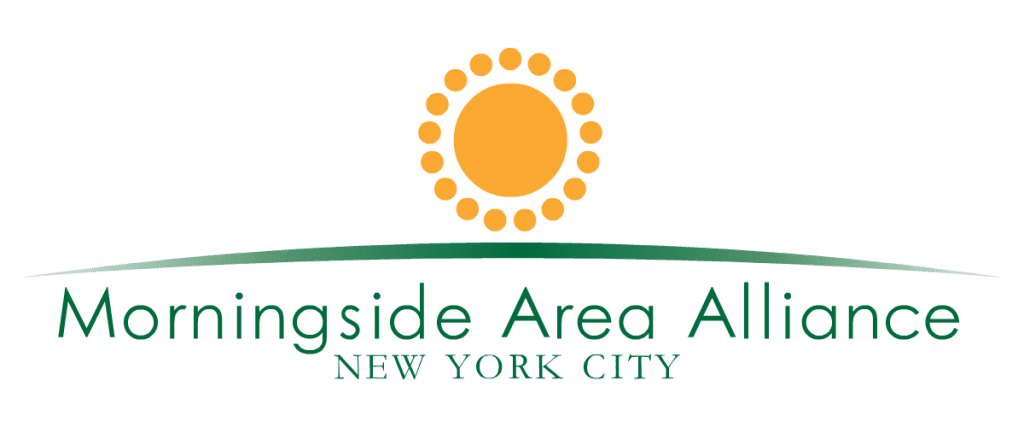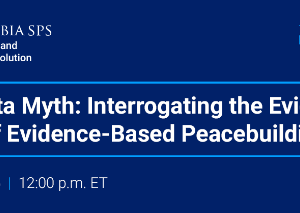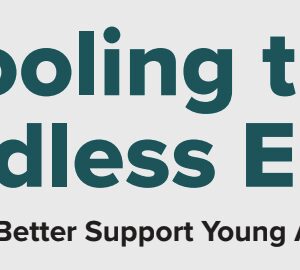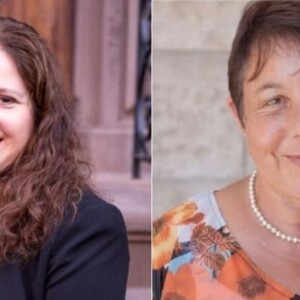
Aging Seminar: Structural social capital and healthy aging
SPRING 2025 SEMINARS OF THE ROBERT N. BUTLER COLUMBIA AGING CENTER | Assets of Aging: A Series on the Capabilities that Accrue with Longer Lives
Join us for the Columbia Aging Center’s ONLINE seminar–the next in a series that focuses on the assets of aging and the capabilities that accrue with longer lives. Please register to attend via Zoom on April 9, 2025. Details and registration link below.
WEDNESDAY, APRIL 9, 2025, 12:00PM-1:00PM ET
Structural social capital and healthy aging
Ichiro Kawachi, MBChB, PhD
John L. Loeb & Frances Lehman Loeb Professor of Social Epidemiology
Department of Social and Behavioral Sciences
Harvard T.H. Chan School of Public Health
Virtual Seminar
Location: Zoom
Register to attend via Zoom at: https://columbiacuimc.zoom.us/meeting/register/J7AyNHdaRQCVtxNRHnDw5w
Abstract: Social connections promote the process of healthy aging through the exchange of tangible support and by encouraging people to remain active as they age via informal socializing, volunteering and participation in organizations. Collectively, we refer to the resources derived from social connections as “social capital”. Social capital is linked to the prevention of functional disability as well as cognitive decline. In 2024, the U.S. Surgeon General called for the development of a national strategy to advance social connection. My talk focuses on two questions prompted by the Surgeon General’s call: (1) how can interventions enhance structural social capital to promote healthy aging? and (2) how do we ensure equity in access to social capital? With regard to strengthening social capital, I distinguish between two types of intervention strategies. In the first type, the manipulation consists of activities that directly build or strengthen social capital. An example is community service programs, such as the Experience Corps. Other interventions in this category include CBPR projects involving community health workers, the provision of social spaces (community centers, Men’s Shed, community gardens), social prescribing and related interventions that mobilize the health workforce to connect individuals to community resources. In the second category of interventions, social capital acts as an intervening factor to channel the effects of an intervention to improve outcomes. That is, the strengthening of social capital is not the target of the intervention per se, but it is a by-product or collateral benefit. Examples of these types of interventions include place-based interventions (participatory neighborhood development planning), neighborhood regeneration, and social infrastructure interventions in the built environment (e.g., parks, playgrounds, libraries). Policies also need to address existing inequities in access to social capital by socioeconomically disadvantaged groups, racially minoritized groups and people living with disabilities.




